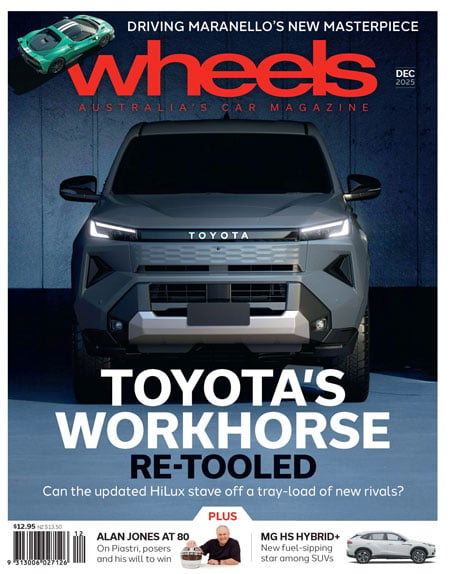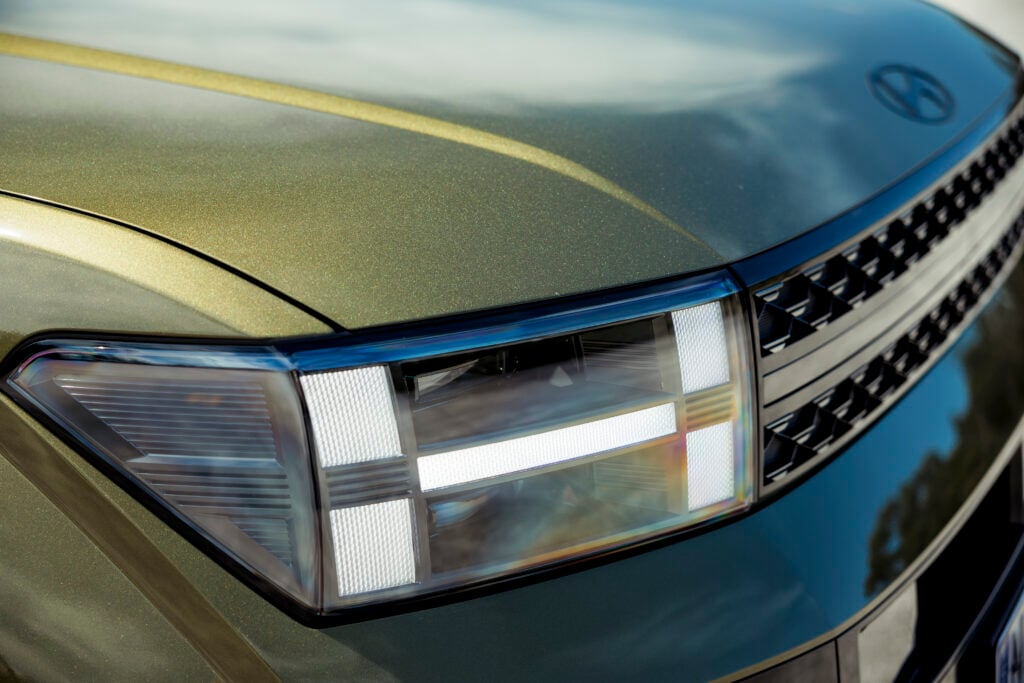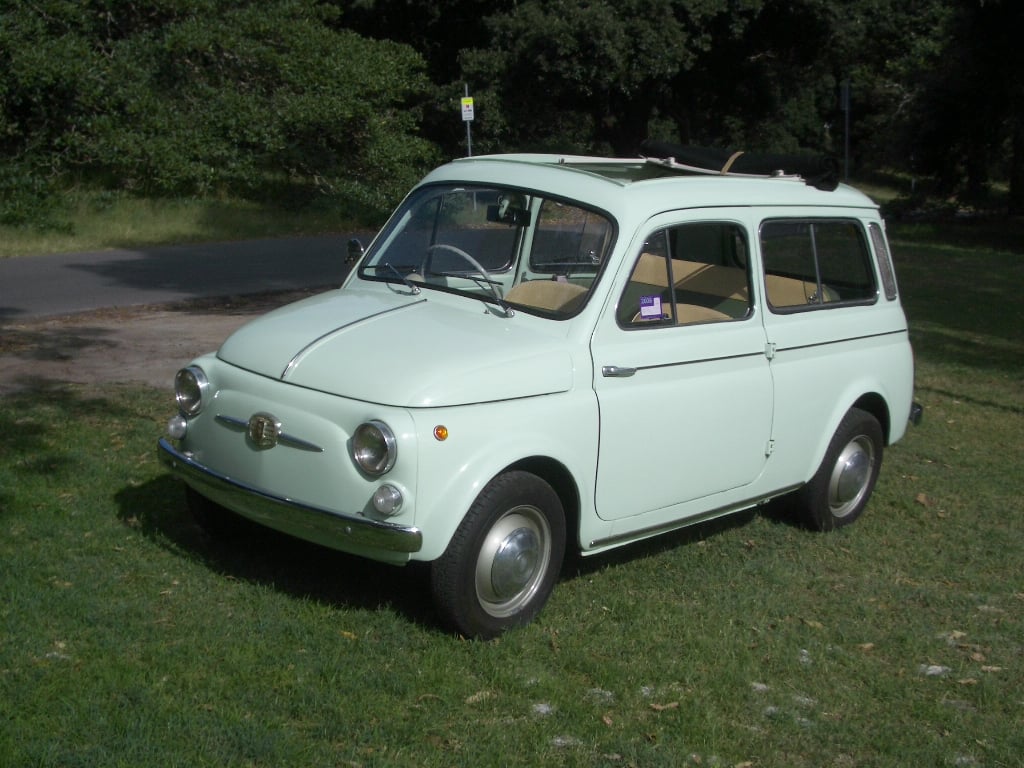More and more people are driving around in the dark. Literally in the dark.
You can see them every night, breezing comfortably through the traffic like blacked-out stealth bombers closing in on a target drop zone.
The drivers are obviously to blame but for once, not totally, thanks to one of the latest examples of the Law of Unintended Consequences. It’s something that’s been known about for close to 100 years but is now showing up more often in the high-tech world of cars.
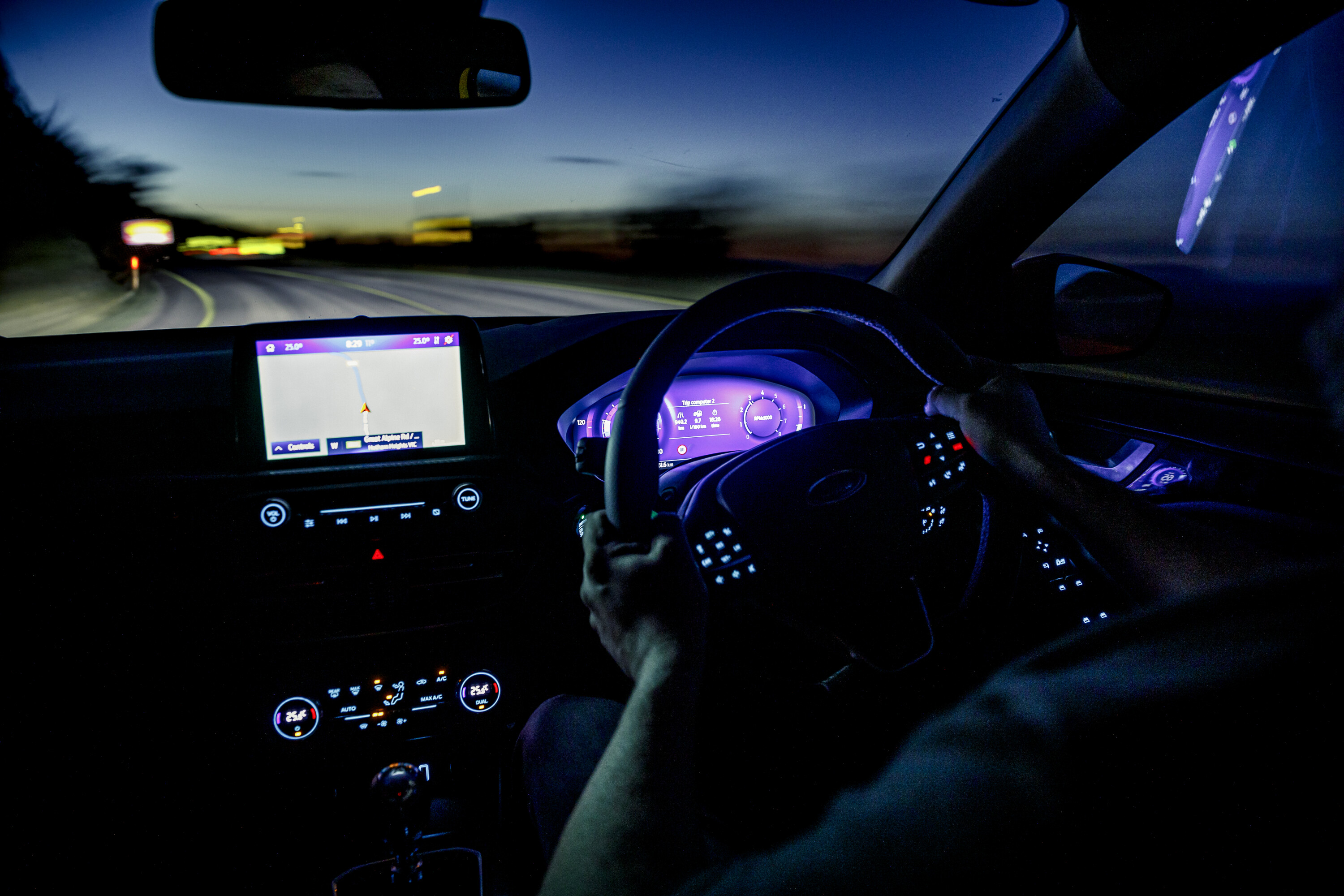
Basically, it’s when one seemingly smart choice trips the wire on something totally unexpected. When Australian car buyers switched from traditional Holden Commodores and Ford Falcons to SUVs, it helped trigger the death of local car making because the industry could not pivot fast enough.
Now we’re seeing that blacked-out night driving is the result of: digital dashboards.
The first car with a TFT (thin-film-transistor) screen in place of analogue dials, as best I remember, was the Lexus LS400 in 1989. It was a giant breakthrough, promising all sorts of new accuracy, flexibility and gee-whizzery to tantalise showroom shoppers.
These days, ‘bells and whistles’ has become showroom shorthand for a couple of giant screens to handle the infotainment, the apps and phone, the speedometer, fuel gauge and everything else you might want or need to know.
But, beyond the obvious distraction, giant display screens have created an unintended blackout on our roads, with help from daytime running lights.
This combination tricks people into thinking they are running fully lit, safe and obvious to anyone else on the road – when they are not.
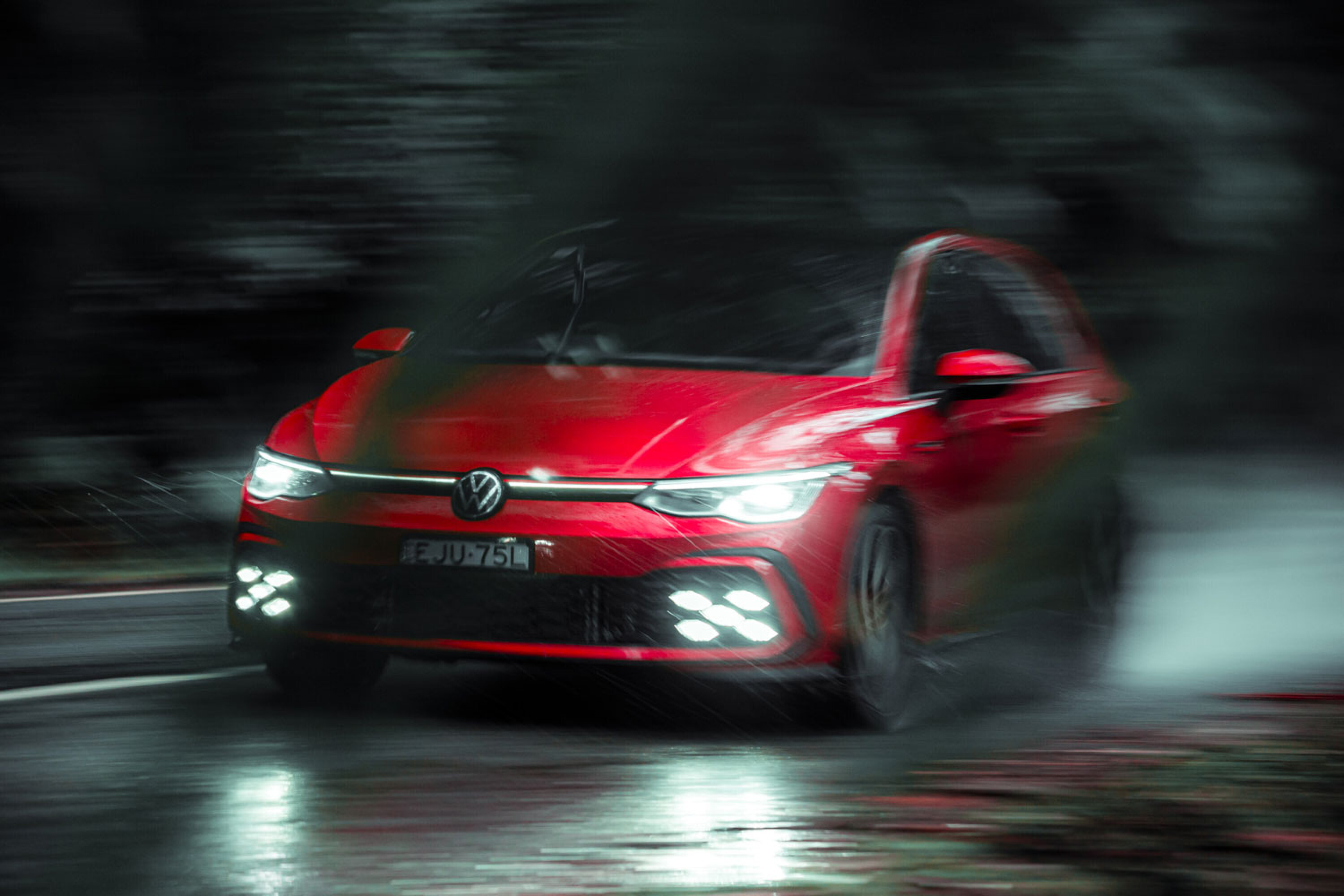
Think about it. You hit the ignition and the dashboard screens light up, and so do the DRLs in the nose. The glow in the front end can be mistaken for low beams and the bright niceness of the screens means you can easily assume the headlights and tail lamps are also fully lit.
But they can still be as dark as Vader, with nothing showing on the rear end and only the soft glow of DRLs on the nose.
Most cars now have an ‘auto’ setting for the lights that should be the set-and-forget position for everyone. But there are still people who believe that going auto could cost them more for fuel, or age the globes prematurely, or just think they know better.
So please give them a polite warning toot at the traffic lights, or flick your high beams from behind, to let them know they are dangerously dark. It’s worked for me with only a couple of middle-finger moments.
The unintended consequences keep on coming, as the results of a new European study into the impact of Advanced Driver Assistance Systems (ADAS) – lane-keep assistance, advanced automatic braking, active cruise control and all the rest – show a worrying side effect.
Elsevier, a Dutch company claiming to be “the world’s leading scientific publisher and data analytics company” has many good things to say about ADAS but reports worrying results from one of the most-used systems.
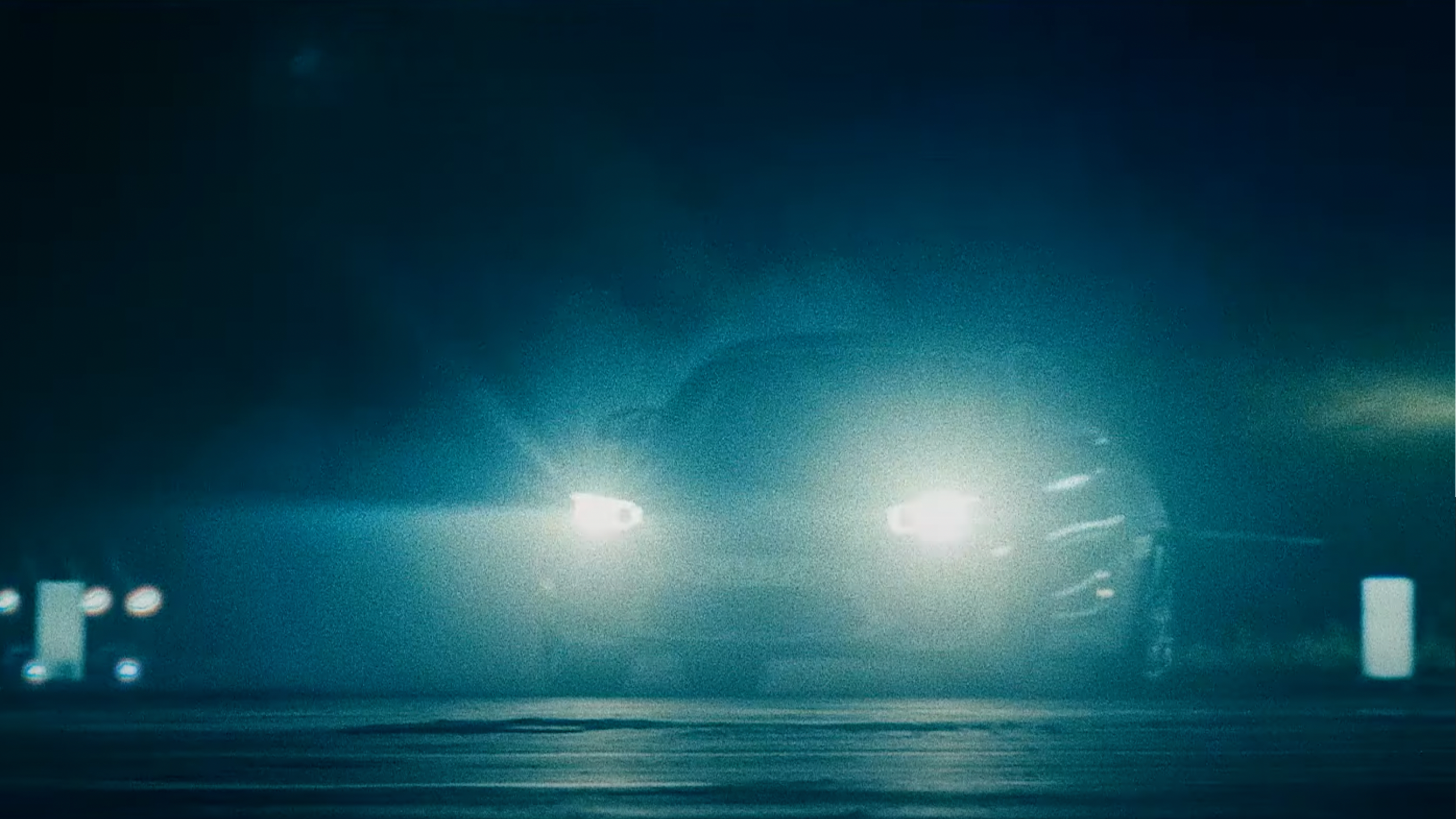
It singles out active cruise control for a whack, based on results from 47 million vehicles and 2.4 million crashes, sourced from governments and insurance companies. It says active cruise is responsible for an eight per cent increase in real-world incidents.
“The observed detrimental effects of such systems may result from insufficient supervision of the system by users, in turn due to inappropriate expectations of system capabilities,” said Elsevier.
So now we have safety systems creating danger and contributing to turning us from drivers into passengers.
Talk about unintended consequences…


